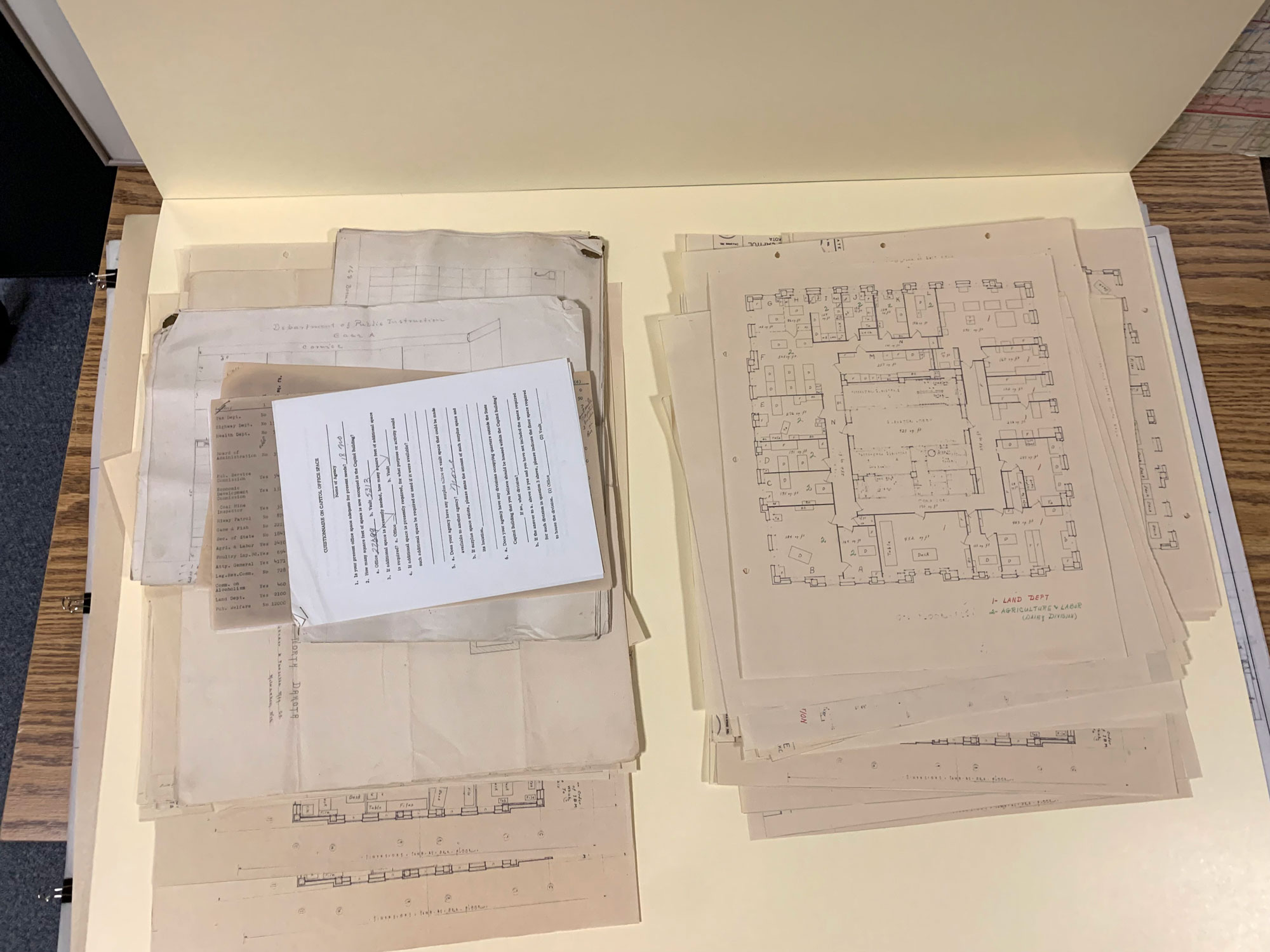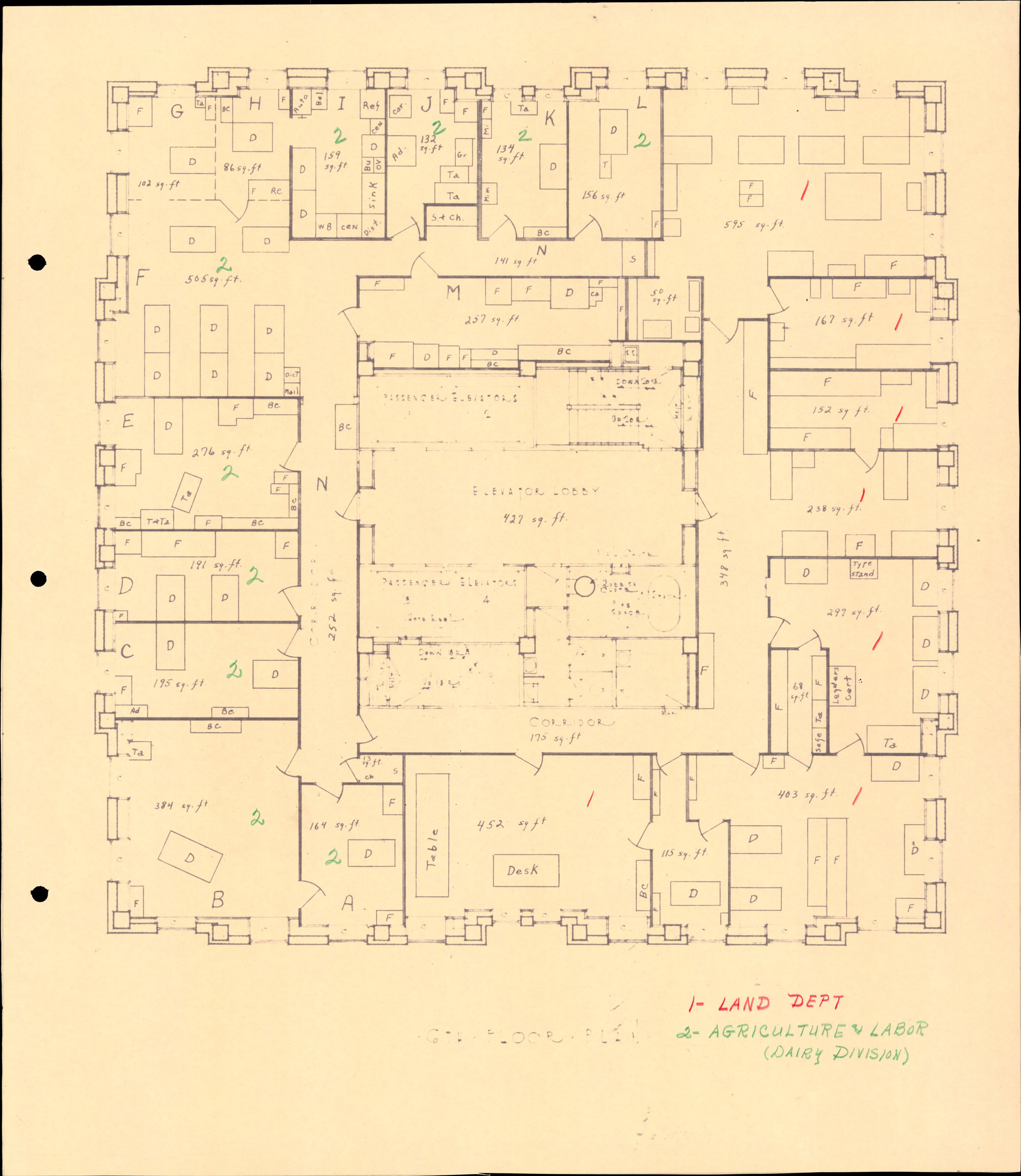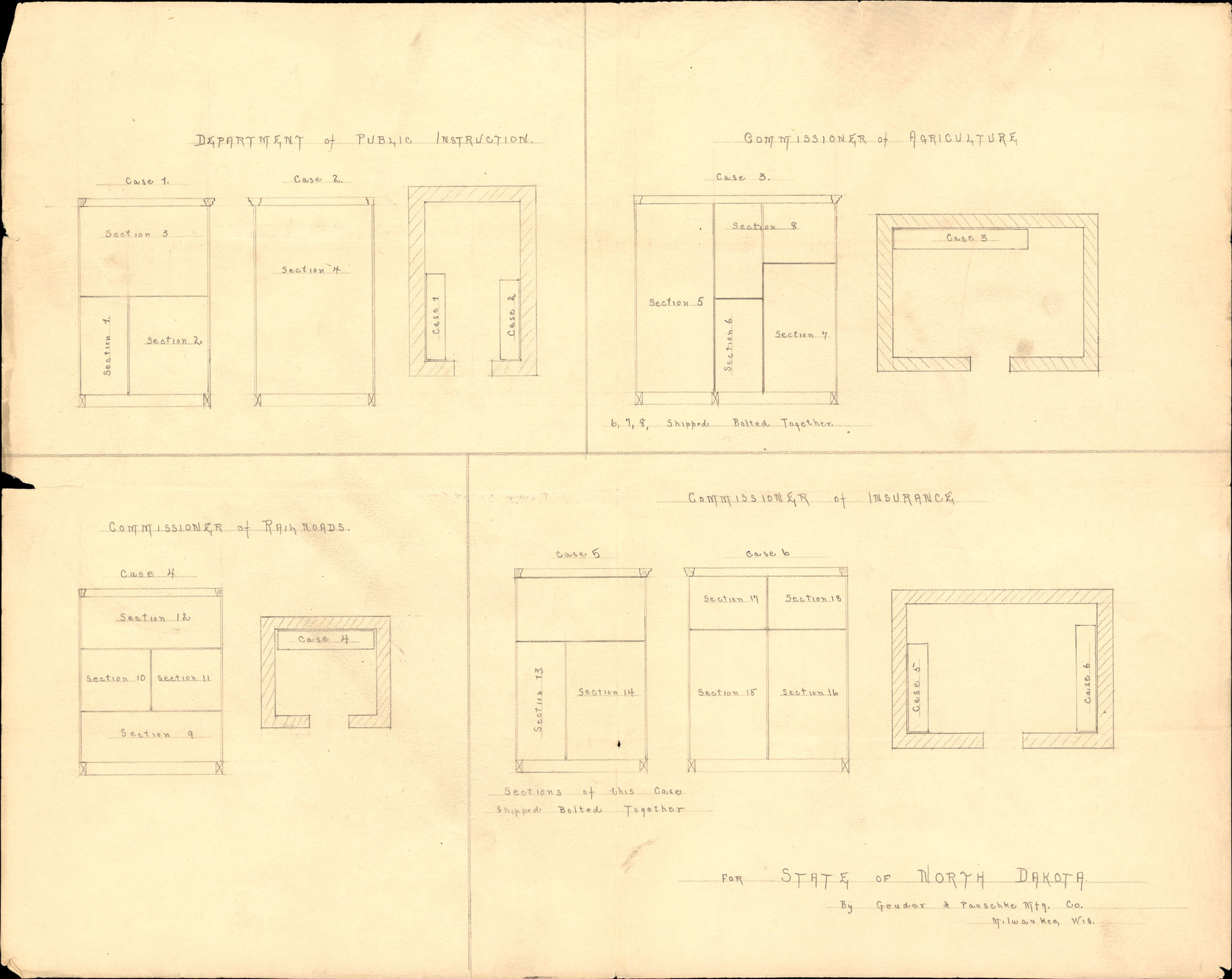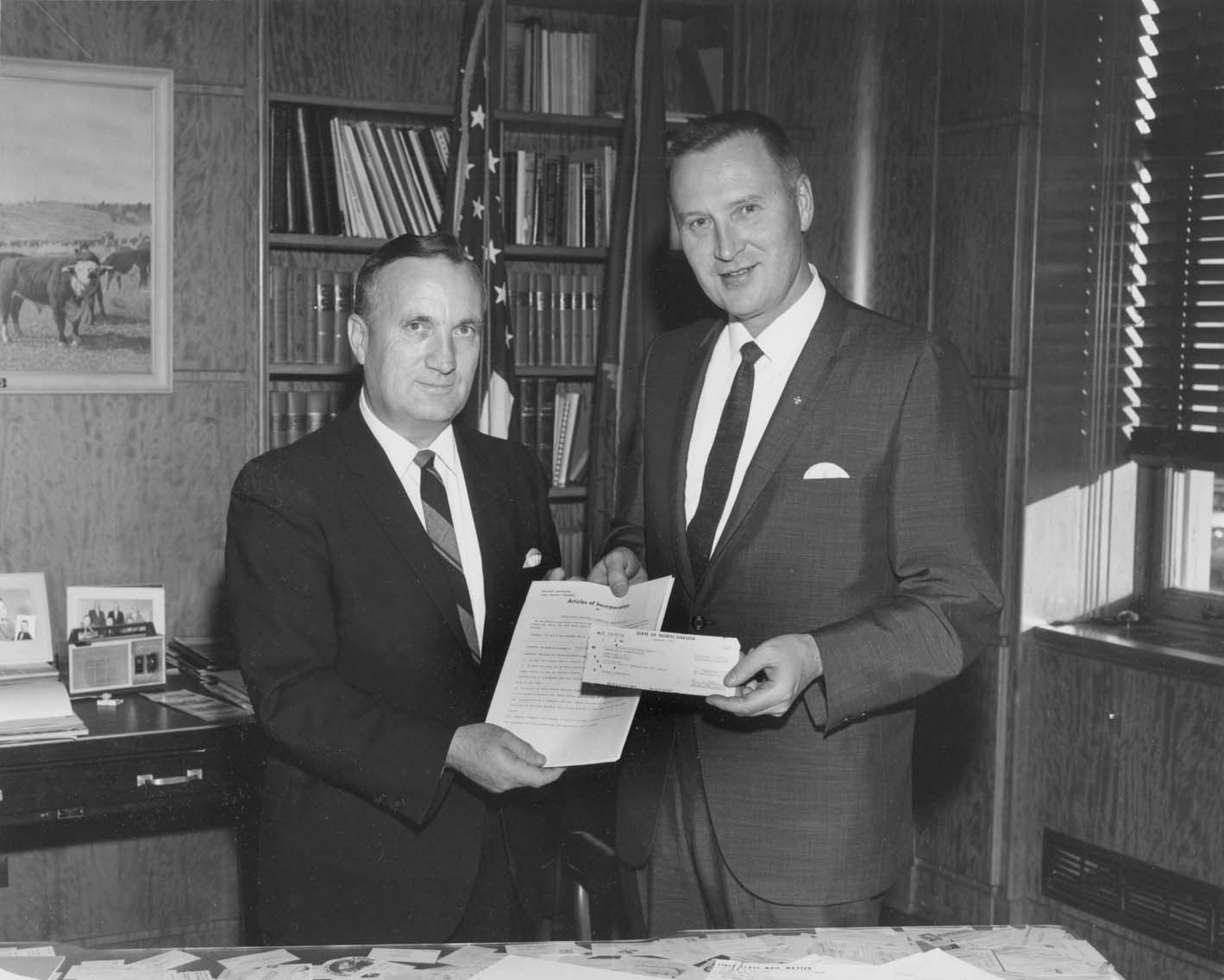Thinking Outside the Box: Creative Uses of the State Archives Collections
Happy American Archives Month from the North Dakota State Archives reference desk! In our jobs as reference staff at the State Archives, we get the distinct pleasure of working directly with researchers in the Reading Room as well as online. As a result, we, perhaps more than other staff here, get to see how our visitors and patrons use and interact with the records in our collections. Thinking outside the box is important for researchers, so we do see some interesting uses of our material. They sometimes come up with ideas and methods we may not have thought of. After all, doing research is a bit like piecing a puzzle together and often requires a dash of creativity!
As we celebrate archives around the country, we thought it would be fun to highlight some of the uses of our collections that have been particularly memorable.
Sarah Walker, head of reference services
It’s so rewarding to see people find answers while researching in the State Archives, but it’s especially fun if the collections are successfully used in a different way or for a different outcome. One of my favorite examples happened very early on in my career at the State Historical Society. It involved our collection of documents relating to and indexing cattle brands. The collection of indexes became our State Series 30003, Brand Registration Books. This is basically a straightforward, if somewhat artistic, index originally published by the North Dakota Department of Agriculture. Most of the time, people who wish to use this are researching their own family’s brand.
In this instance, a patron came in and requested these books. This person did a lot of research on different people living in a specific area early in North Dakota’s history. She then carefully traced out the brands that they had on file and used these to create a quilt! I thought it was so meaningful that she used an index to create some crafted art … and I will never forget it! I still regularly point to this as a most creative use of a state government record series.
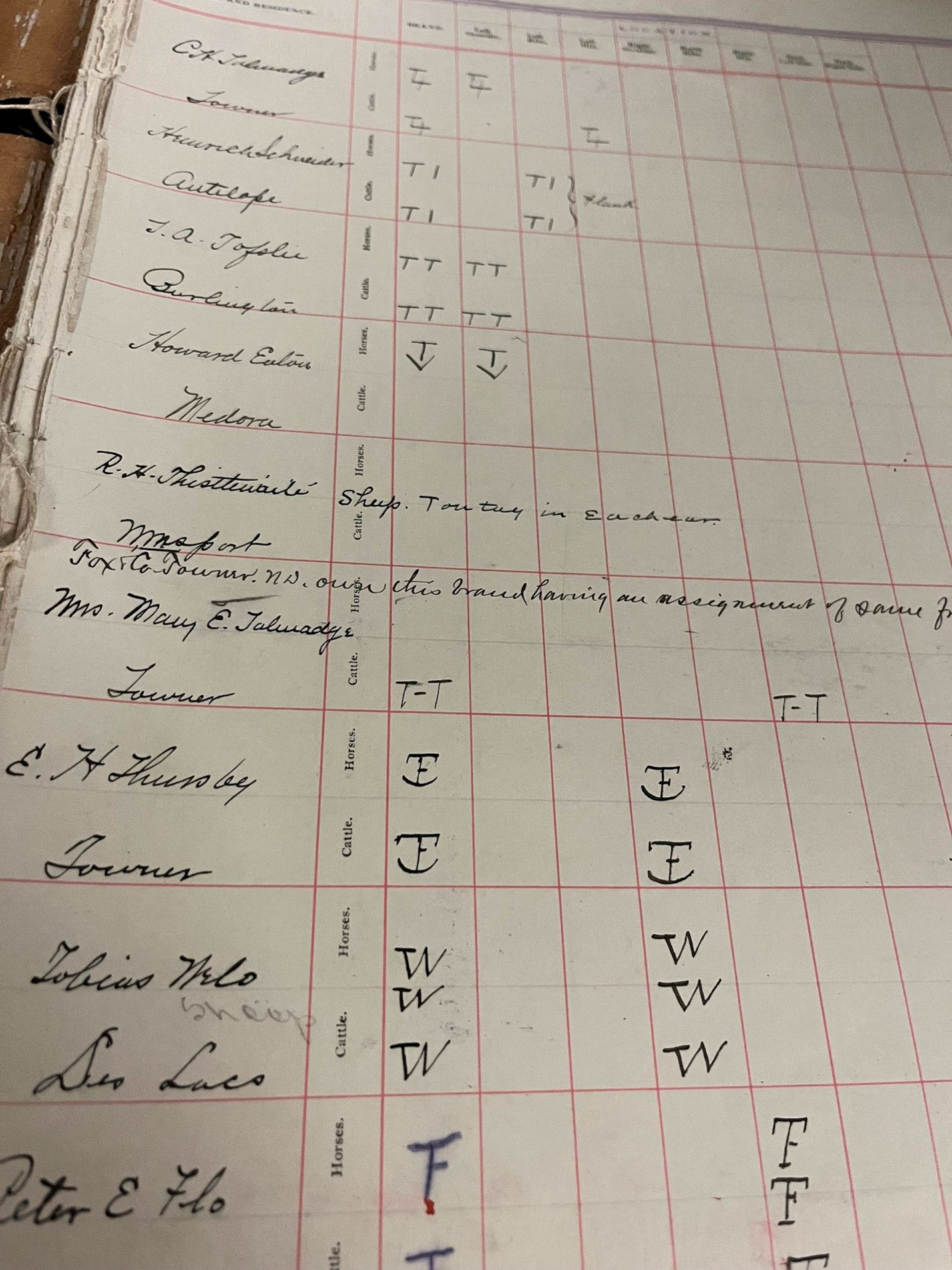
A page from a State Series 30003 brand book.
Ashley Thronson, reference specialist
One of the most interesting ways I’ve seen State Archives collections used by researchers was when someone requested North Dakota Department of Transportation vehicle registration records to search for information about the baseball player Satchel Paige. The researcher was hoping to find his address and had not been able to find it in other resources. In a last-ditch effort to find his address, they searched through volumes for his name hoping that he had registered his vehicle and that his registration included an address.
Unfortunately, the Motor Vehicle Registration Records at the State Archives are not easy to use or search at all. The collection covers the years 1926-1963 and contains 290 volumes. The volumes are organized vaguely by year and by a registration number assigned by the state DOT; there is no index. The researcher looked through thousands of entries until at last stumbling upon one for Paige. While the entry did not include an address, it provided other useful information for the researcher. Having assisted the researcher, I joined in the celebration and excitement when they finally found it.
I like to remember this moment whenever I get stuck on research quests myself. It reminds me to think creatively for sources of information and to have patience and not get discouraged when faced with a large and overwhelming search.
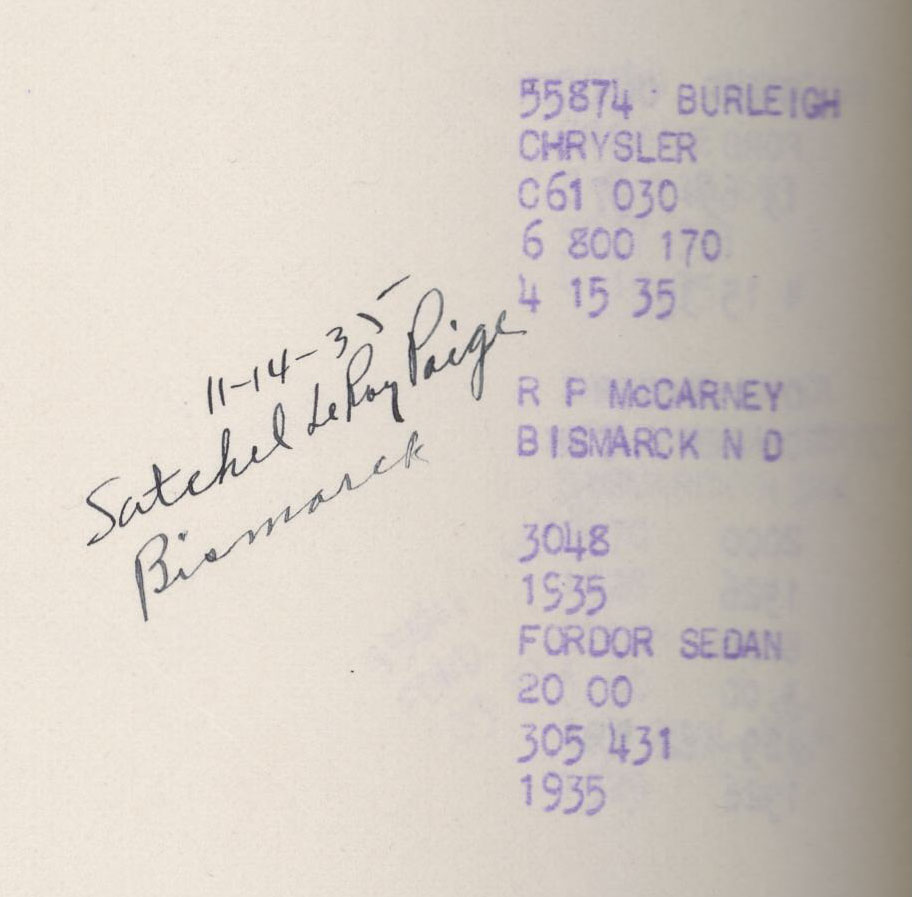
Satchel Paige’s 1935 vehicle registration entry, with a handwritten note indicating his name. State Series 32254
Daniel Sauerwein, reference specialist
Recently a researcher accessed several microfilm rolls of fort medical histories, including one for Fort Rice, as part of research resulting in works related to the frontier Army and the Little Bighorn campaign. These resources provide important insights into life at the frontier military posts in Dakota Territory and their surrounding environments. They help us learn about the conditions that impacted people living in and around these forts and associated historical events. Topics include water supply and condition, plant and animal life, and disease and health as well as weather conditions. In this series, the records discuss replacing the current hospital at Fort Rice, which helps researchers better understand frontier and military medical care. This researcher was happy to use these records while they were here at the State Archives as they complemented other records we have related to the military forts in the state and made for a very fruitful research trip. Solid scholarly works came out of this research that expanded our knowledge of the people and places that shaped North Dakota and American history.
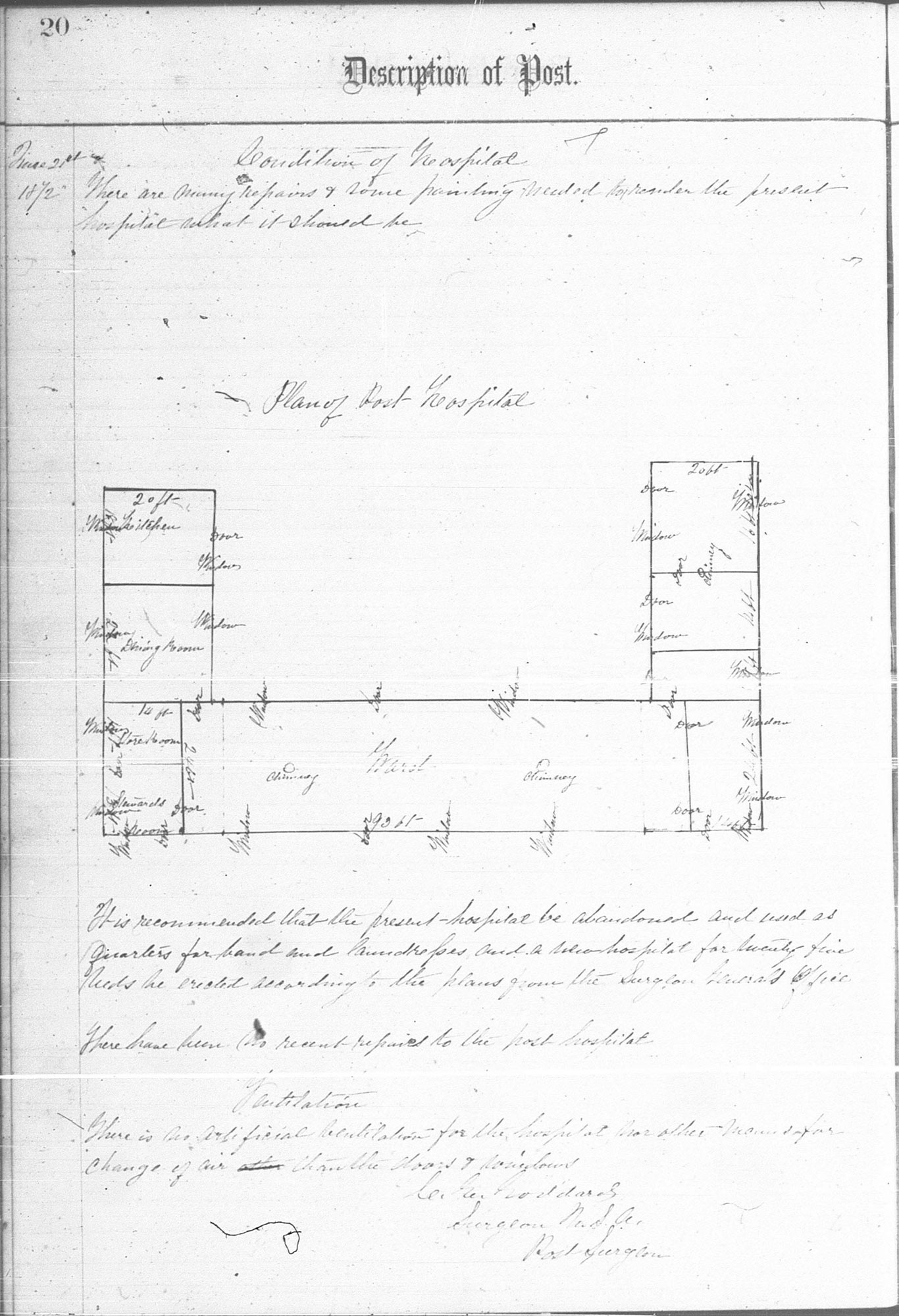
A page from the Fort Rice Medical History, dated June 24, 1872, outlining the plan for a post hospital and the need to replace the current hospital with this proposed building to provide better care of the sick. State Series 31141-Federal Records, War Department, Fort Rice Medical History, 1864-1878
We hope this post inspires your archival research journeys. Archival collections can be used in so many ways, and we are always excited to see what comes next for these records. And don’t forget! If you get stumped in your research—reach out to us. We may have some ideas for you to use in finding your answers!


